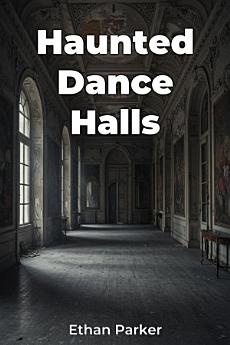Haunted Dance Halls
About this ebook
It looks at the psychological impact of dramatic arts and storytelling on perceptions of reality and analyzes how shared ghost stories shape community identity. Organized into three sections, the book first examines the historical context of performance spaces, then explores the psychological aspects of hauntings, and finally analyzes specific case studies from around the world.
By drawing on historical archives, folklore studies, and interviews, Haunted Dance Halls avoids sensationalism, offering a balanced perspective on the enduring power of ghost stories. This approach allows readers to think critically about the stories we tell ourselves and the spaces we inhabit, appealing to history buffs, theater enthusiasts, and anyone fascinated by the intersection of culture, psychology, and the paranormal.








